YOKOHAMA NORTH DOCK, Japan -- Army Prepositioned Stocks-4 (APS-4) watercraft made waves on their way from Yokohama Harbor to the shores of Ito City. Two Landing Craft Utility (LCU) 2000-series boats participated in Pacific Reach 2010, Aug. 31 to Sept. 2.
Active duty and Army Reserve crewmembers for the APS-4 Army watercraft LCU 2007, "Calaboza," and LCU 2009, "Broad Run," started preparations for their voyages in early August.
"We were involved from the initial planning that started some six months ago all the way through the final execution of the mission," said Lt. Col. Doug Petrowski, commander of the 403rd AFSBn-Northeast Asia, headquartered at Camp Carroll, Korea. "It was great cooperation in terms of working with boat crews that we were not normally associated with - which is how the most likely scenario [would play out] if we had to activate these [Army watercraft] in support of other real-world contingencies."
The battalion's mission during the exercise, he explained, was to provide logistics support to U.S. Army Pacific forces via the 8th Theater Sustainment Command by issuing and sustaining two APS-4 Army watercraft, supporting the brigade inspection and reconnaissance exercise program, and, as required, providing logistics support to humanitarian assistance and disaster relief operations in Ito City, Shizuoka Prefecture, Japan.
According to the scenario depicted in orders issued by Col. Barry Diehl, commander of the 403rd Army Field Support Brigade, an earthquake in the Shizuoka Prefecture had caused extensive damage to the road network leading to Ito City. All roads into the city could not be cleared to get relief aid to the city.
Petrowski said his battalion's role in the exercise provided the optimal test of its readiness.
"An exercise like this is absolutely critical for a unit like ours," he said. "It gives us the opportunity to execute our issue, inventory, and hand-over procedures, validate our SOPs [standard operating procedures] and how we do it. Then from a bigger standpoint, it validates the day-in, day-out mission of our unit; and that's to maintain all of the Army prepositioned stocks in the ready-to-fight/ready-to-issue status.
"This was huge in that perspective for us, and it did meet our intent of validating both our processes and our equipment readiness."
Once the cargo - provided by I Corps in the form of several Humvees, trucks, and trailers - was uploaded, the crews sailed the 174-foot vessels some 60 nautical miles to Ito Harbor and then conducted roll-on, roll-off operations of the equipment to support the simulated disaster relief efforts.
With a beam of 42 feet and a displacement of nine feet when fully loaded, LCU 2000s can carry five M1A1 Abrams tanks or 24 20-foot shipping containers. These vessels are manned by 13 crewmembers and have a range of 10,000 miles.
Chief Warrant Officer 3 Jesus Gonzalez-Borjas, marine maintenance officer for APS-4, said exercises like this and Joint Logistics Over-the-Shore exercises are a must in order to put the equipment to the test.
"We can't spend all this money on maintenance without having the proper testing. Having Soldiers that are watercraft specialists is probably the ideal way to test the equipment," Gonzalez-Borjas said.
Gonzalez-Borjas had a team of contractors available at all times during the exercise to deal with any maintenance issues the watercraft incurred.
"We had plumbing problems, and that's just the nature of watercraft," he said. "It's a normal problem; it's expected because the watercraft are in storage [and] plumbing doesn't get used all the time."
Both Petrowski and Gonzalez-Borjas agree the mission was a resounding success.
"There are members of the Army Sustainment Command, U.S. Army Pacific, 403rd Brigade in Korea, and - most importantly - Soldiers from Fort Eustis, Virginia, and crews drawn from four [Army] Reserve units," said Gonzalez-Borjas. "The Soldiers are our customer, but there [are a] lot of people working toward the same effort, toward the same goal, to ensure that the watercraft is ready to be issued."
Petrowski set the bar for success high, making accomplishment of the mission all the sweeter for the APS-4 element in Japan and his battalion in Korea.
"In addition, this year - compared to years past - we were able to complete the entire issue process within our specified metrics," Petrowski said. "In fact, we issued the equipment to the boat crews within 24 hours [and] we conducted the inventories in [less than] seven hours. It really was a great learning experience for all of our personnel.
"So, from that perspective, just refining our process, making sure that the metrics that we set for ourselves are valid, and - from my perspective - exceeding those metrics, was very rewarding and very beneficial to our organization."
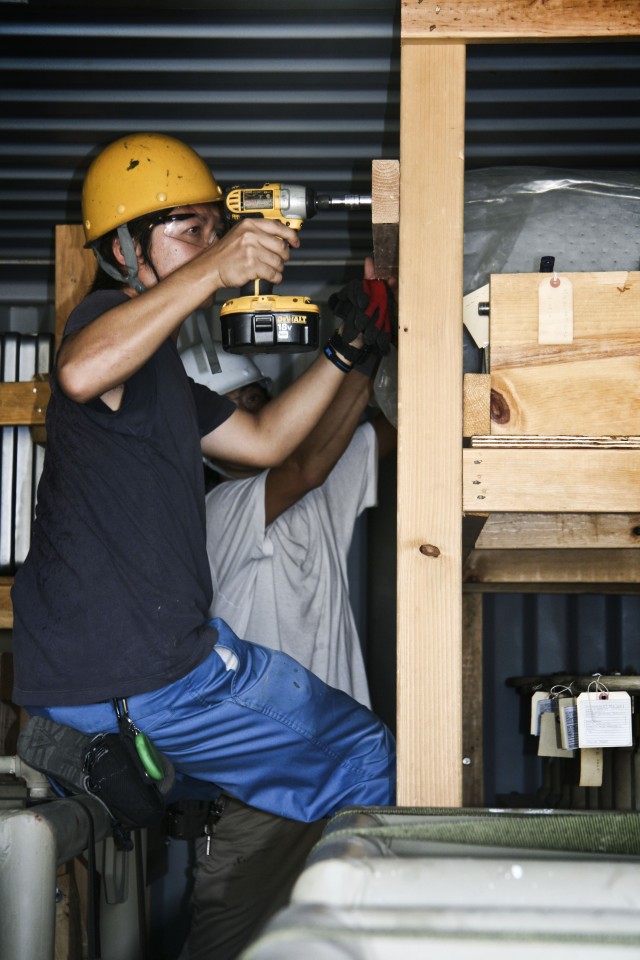
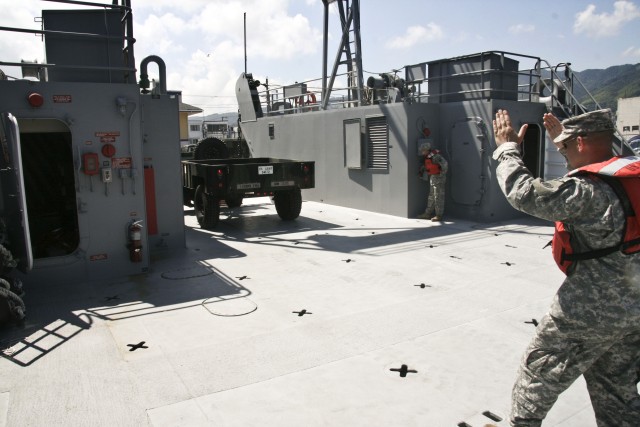
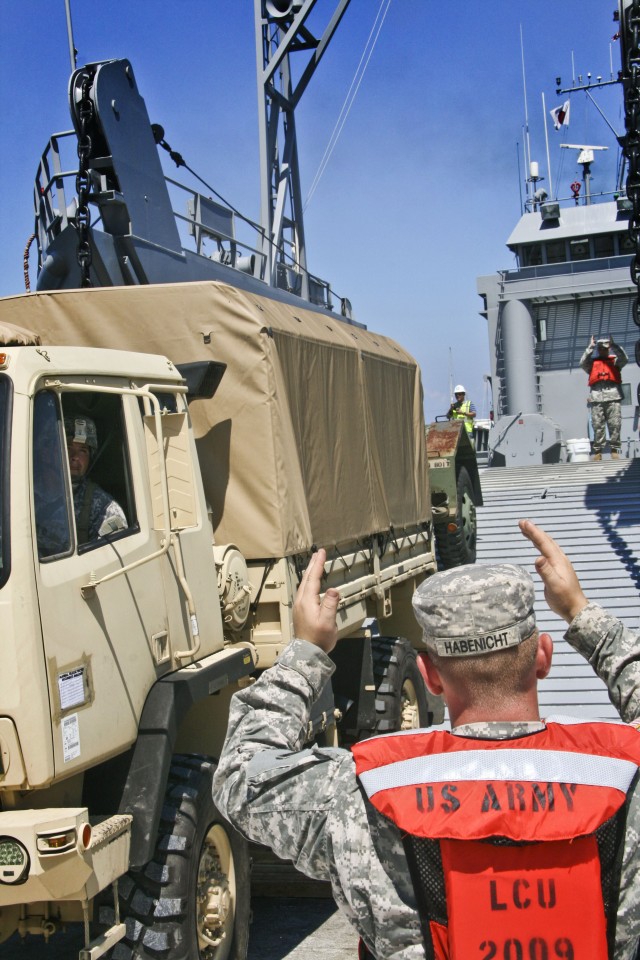
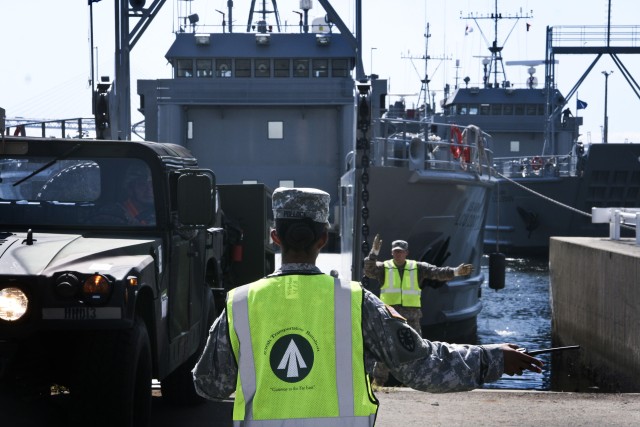

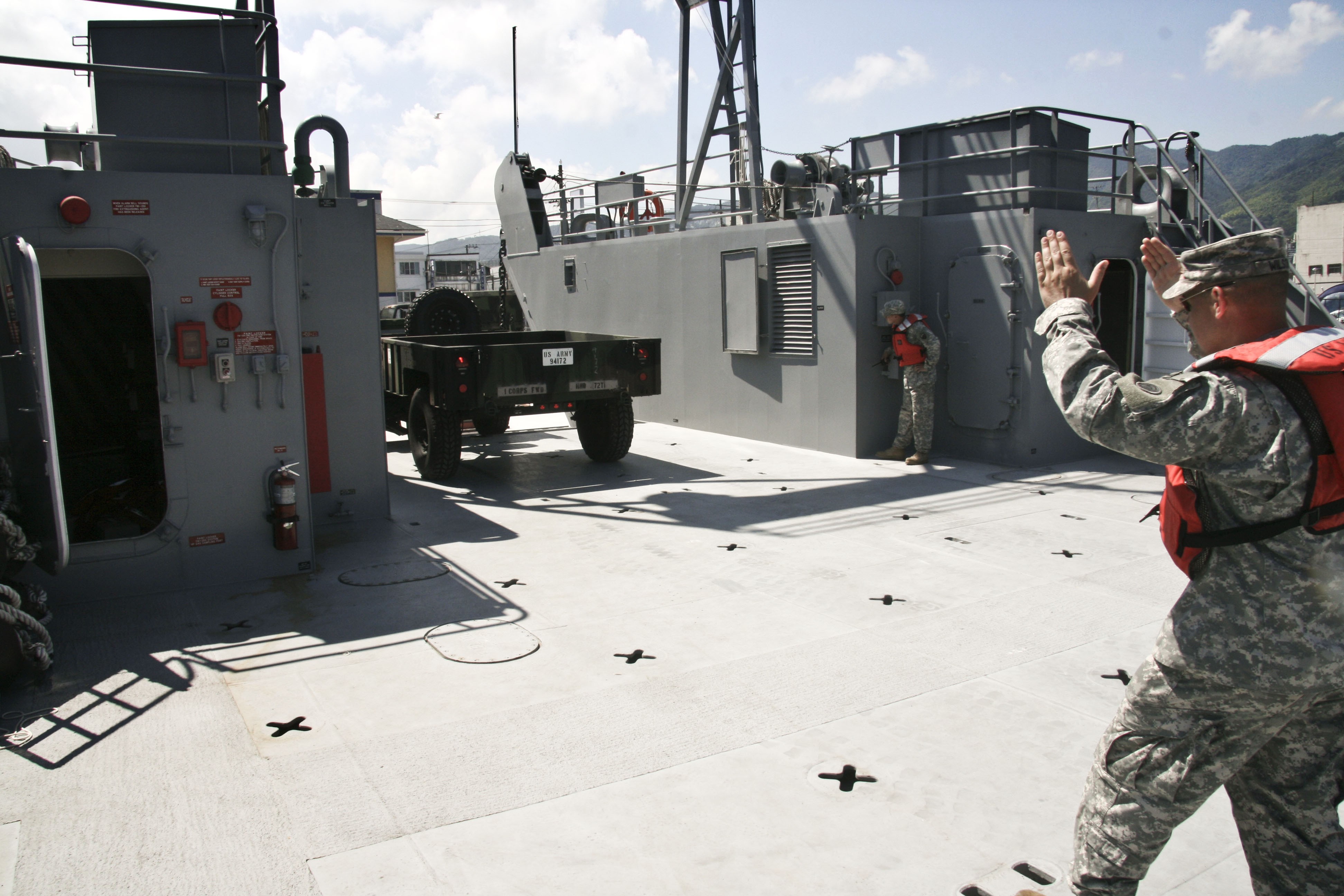
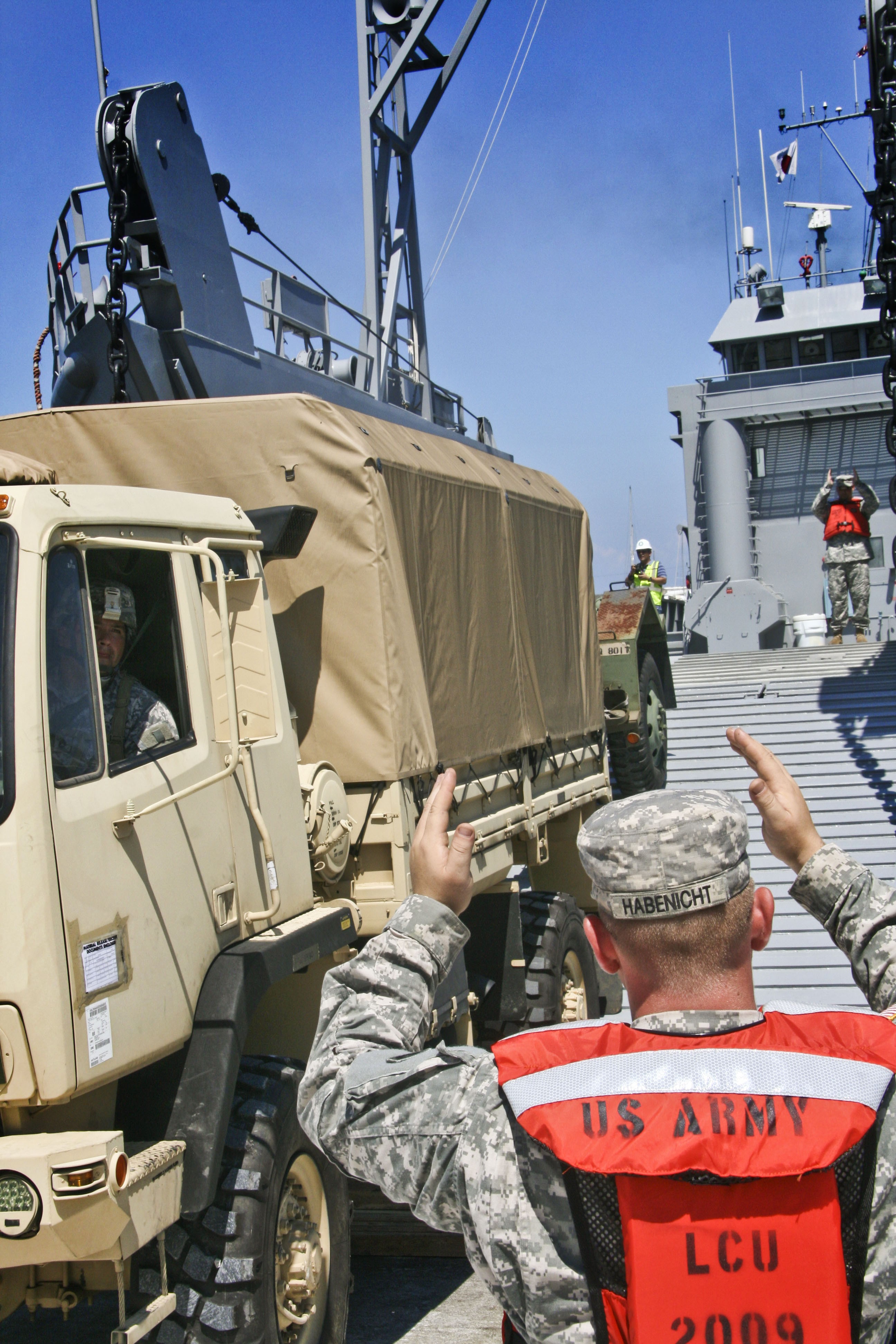

Social Sharing